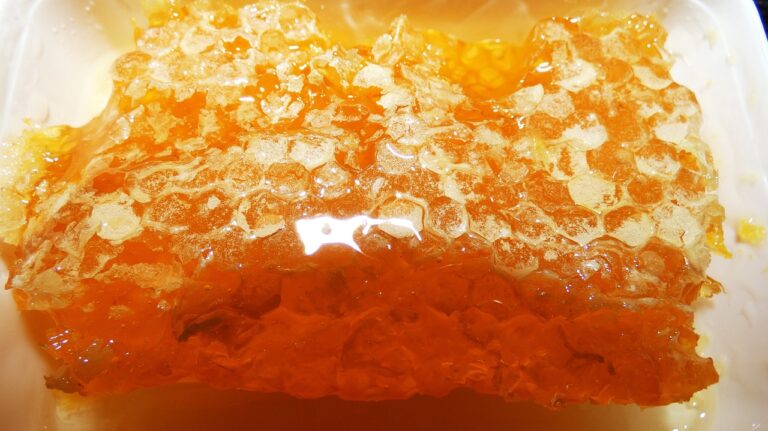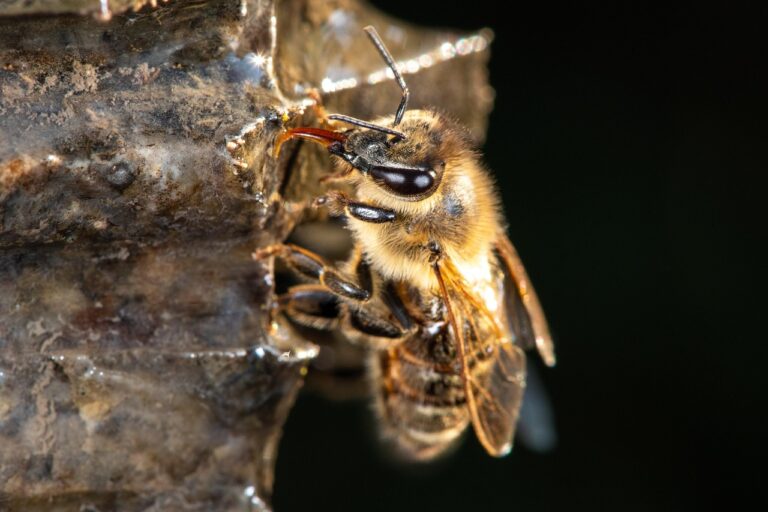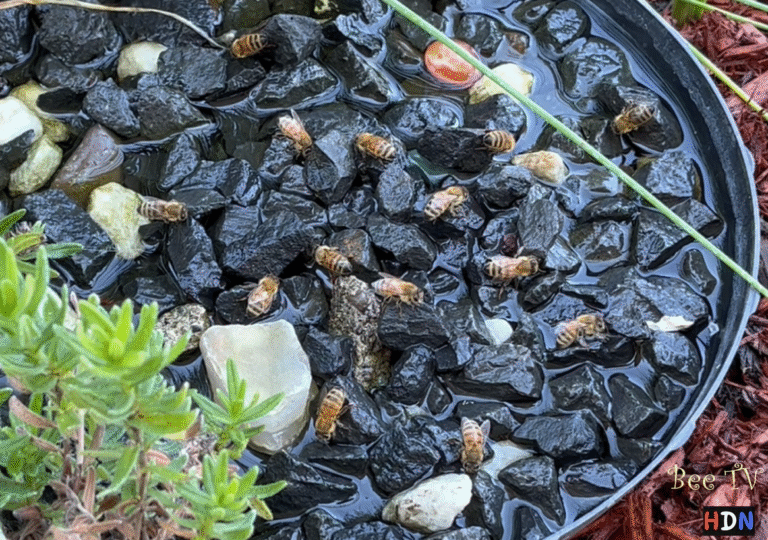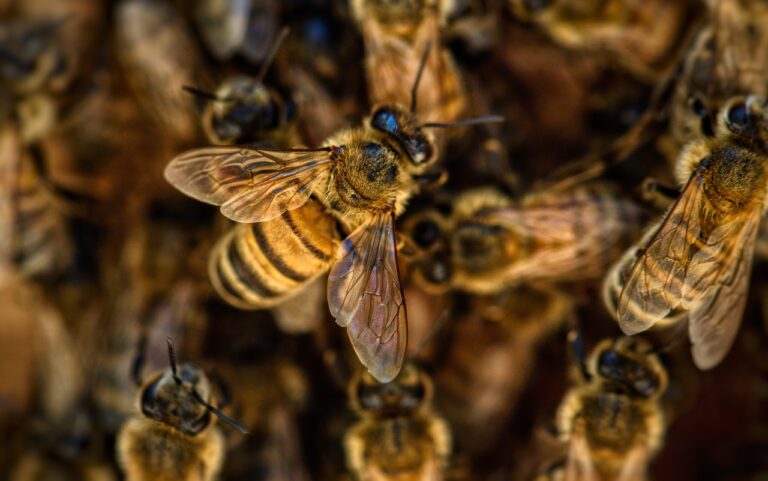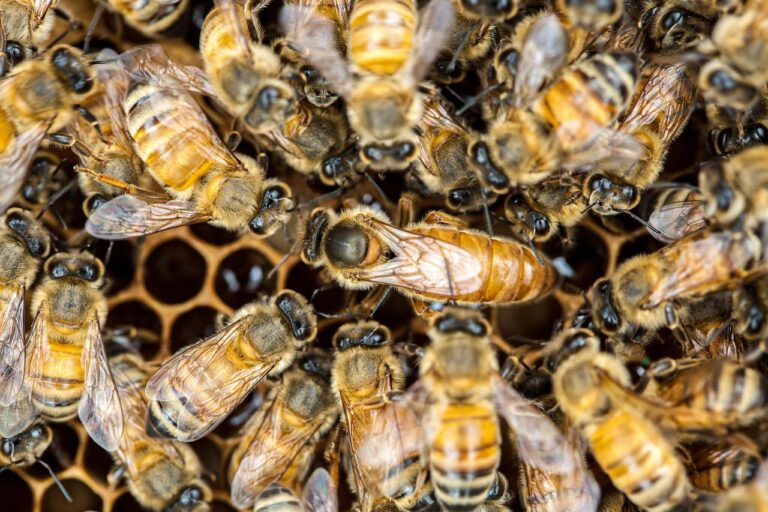Should we focus on wild and native bee species?
How does only focusing on honey bees affect awareness of wild and native bee species Focusing primarily on honey bees in public awareness campaigns and conservation efforts affects understanding and protection of wild and native bee species in several critical ways:Aspect Effect of Honeybee-Centric FocusMisplaced Conservation Priority Resources and attention disproportionately favor honey bees, which […]
Should we focus on wild and native bee species? Read More »
Bee Life, Native & Wild Bees

